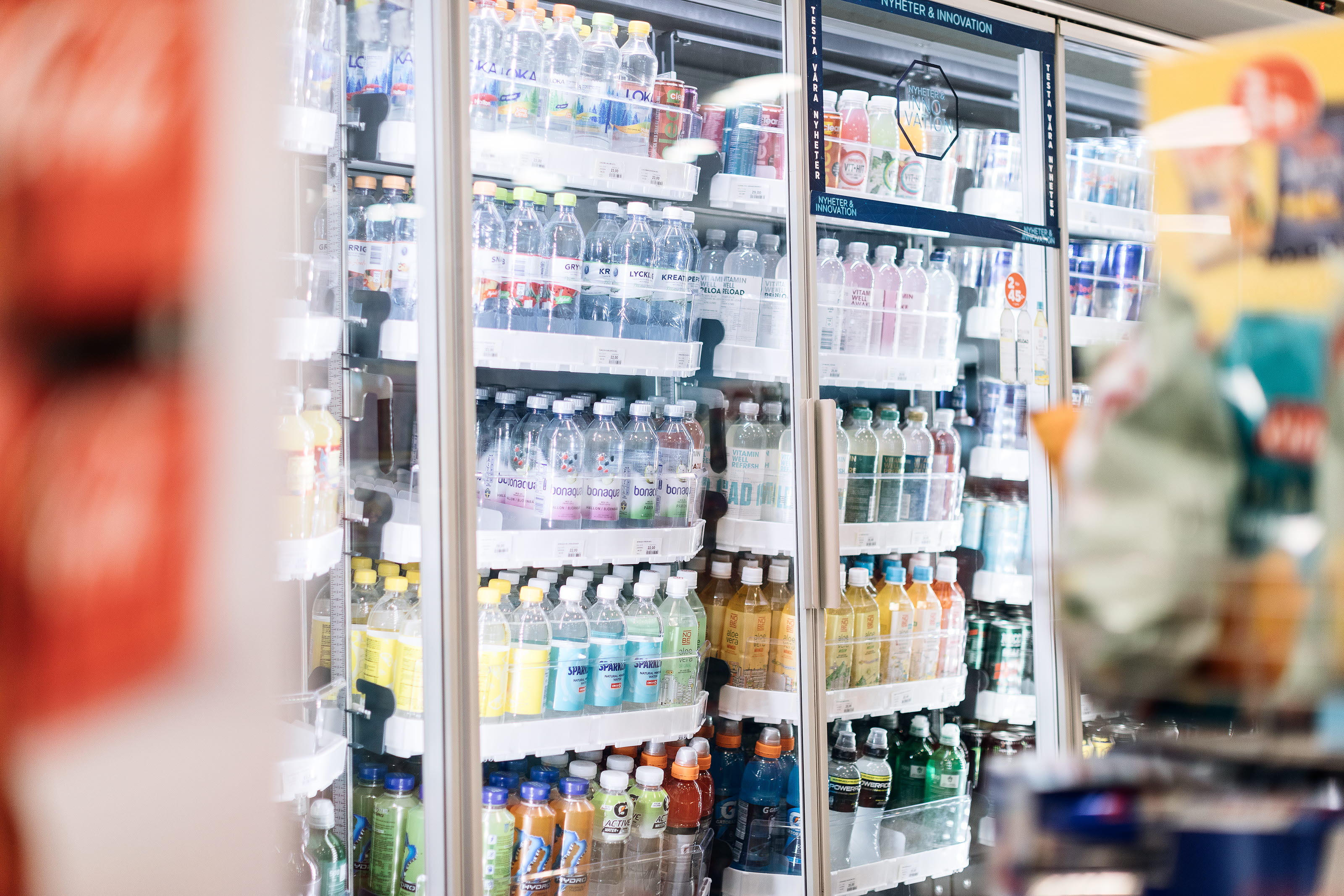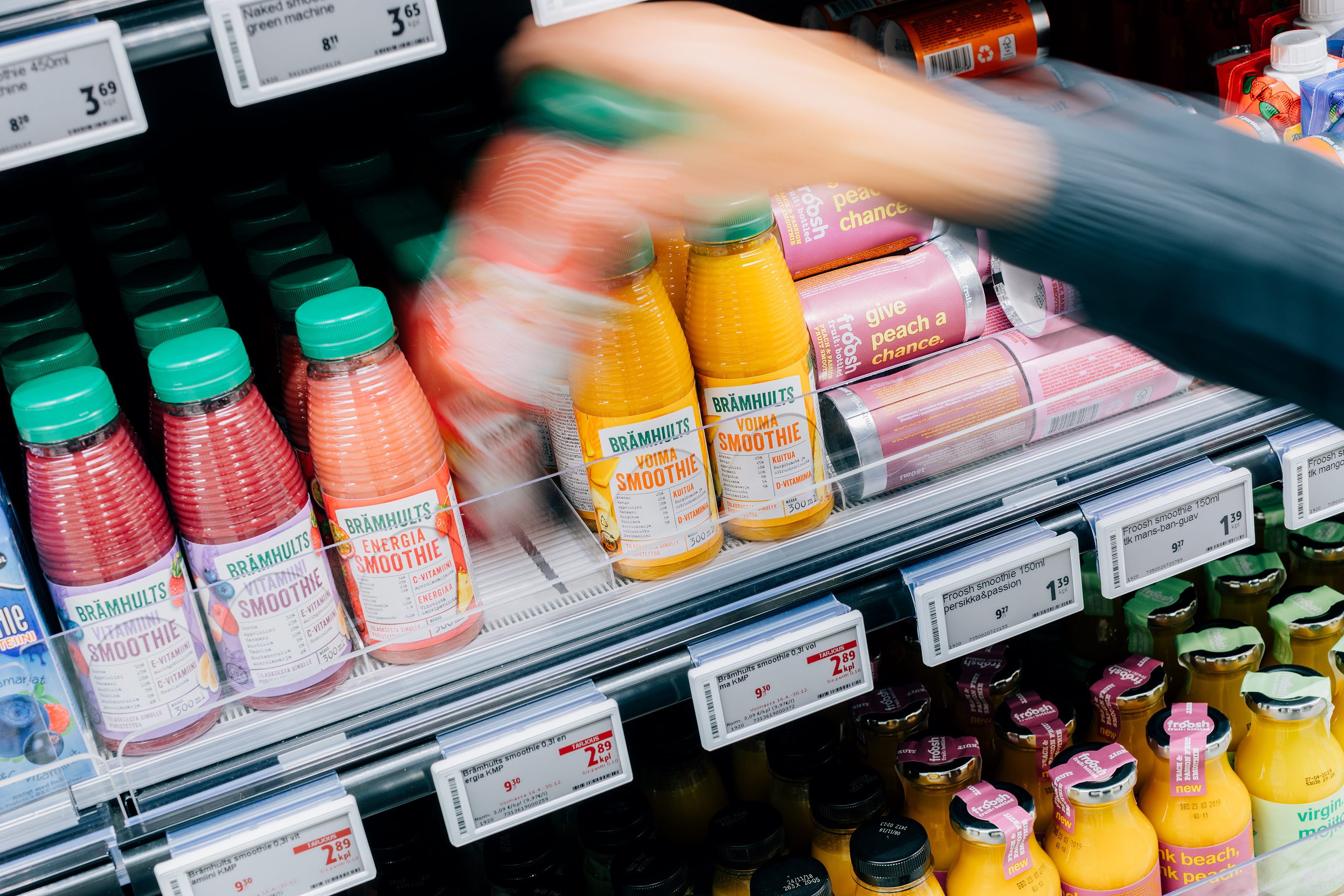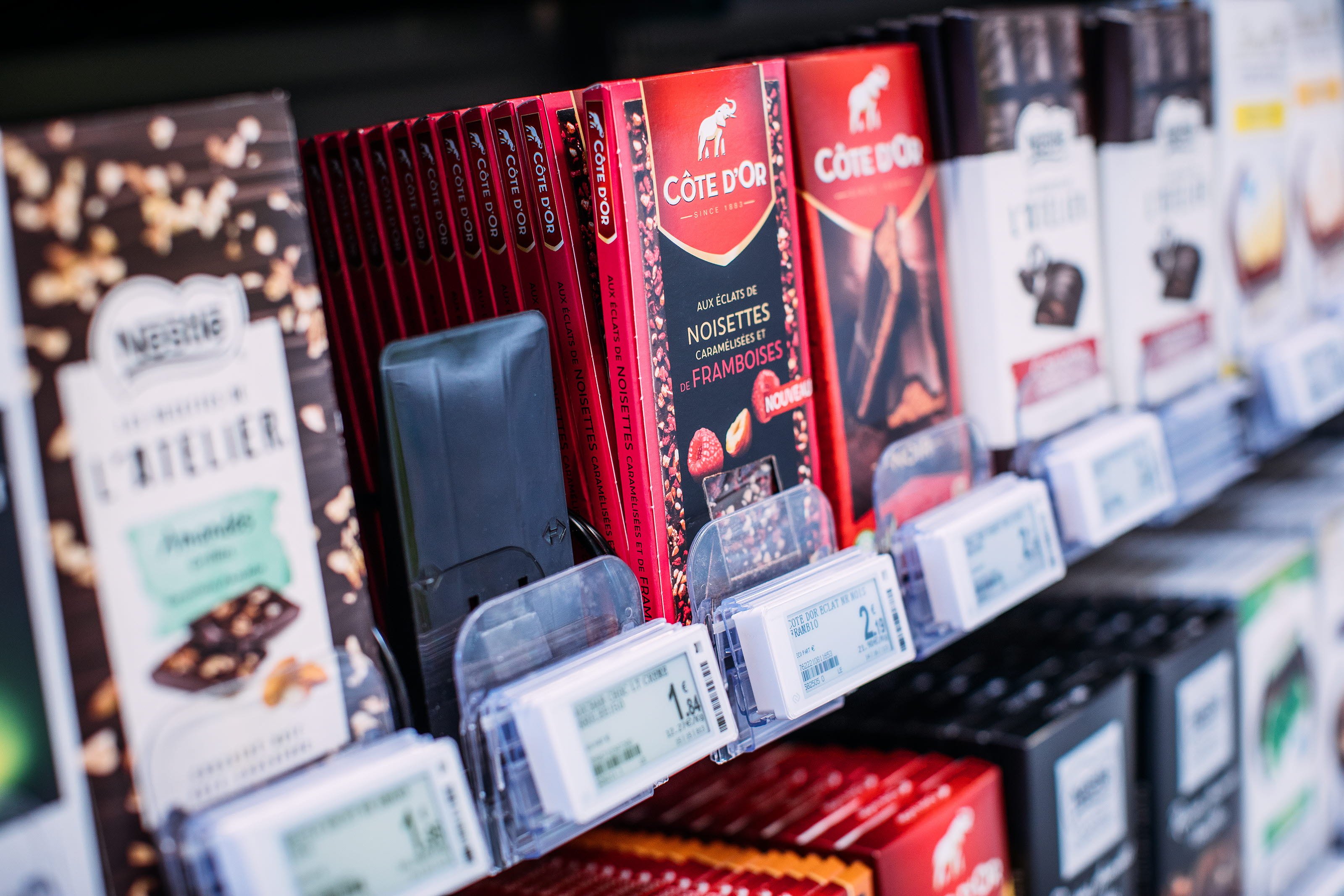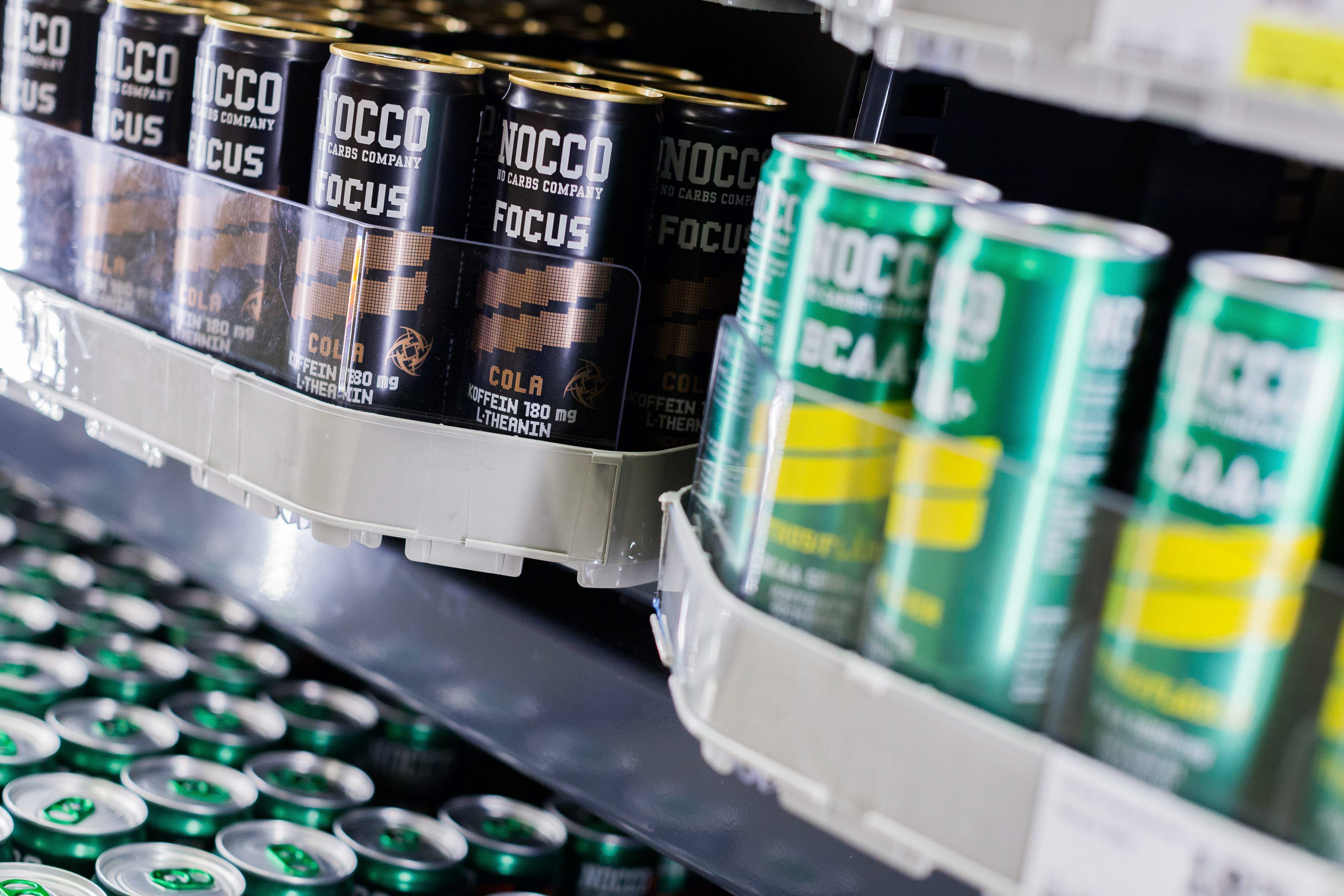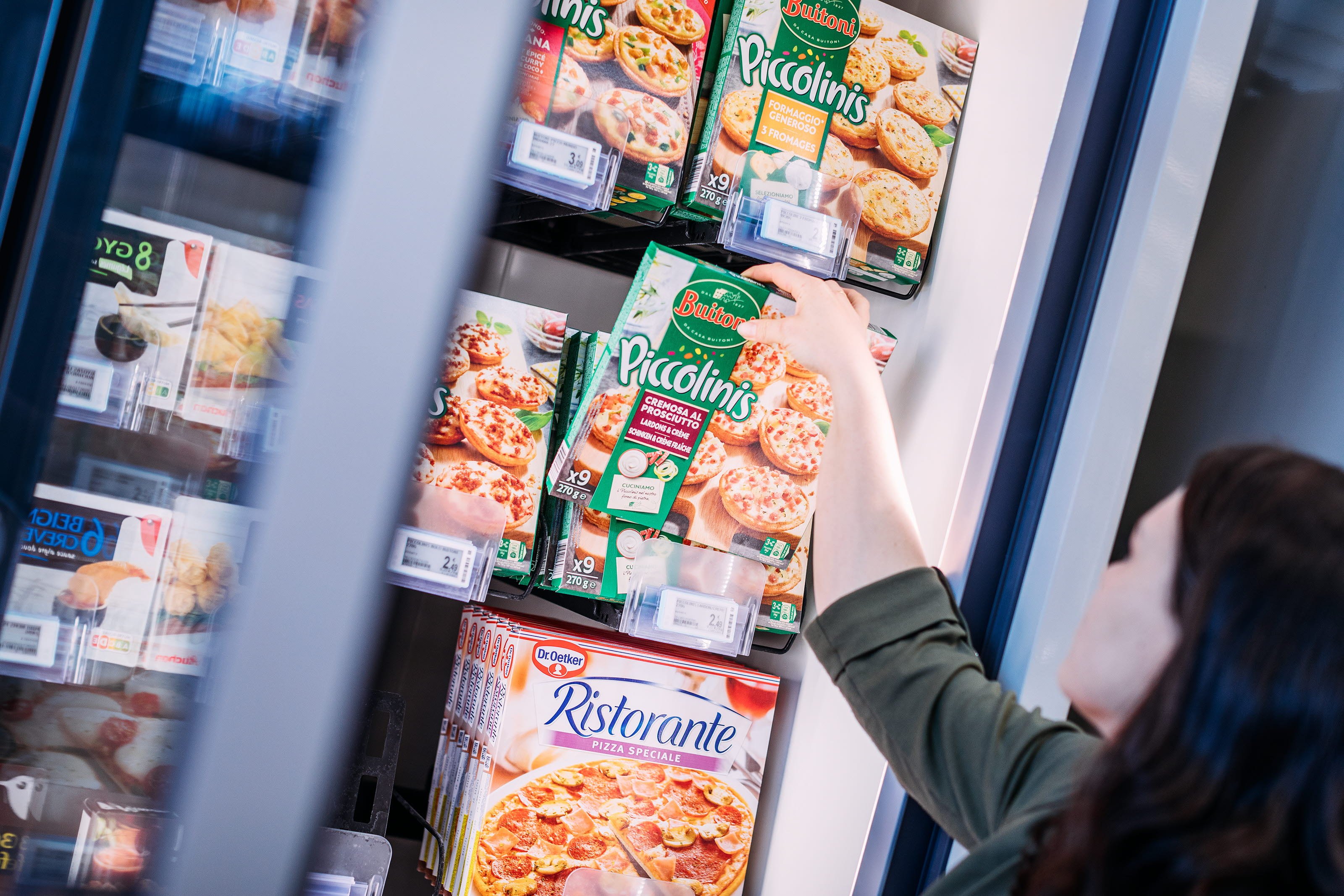
How retailers can enable better shopping experiences through shelf automation
We believe the future of retail is driven by sensorial experiences. For stores to have the resources to invest in a better shopping experience, they must turn to automation to save staff time.Today, brands and retailers face many challenges. When it comes to where and how to buy groceries, shoppers have more choice than ever before.
Alongside the growth of online retailing, we are seeing physical stores reinventing themselves by finding new ways to become attractive for shoppers. Increasingly, omni-channel shopping behaviour requires greater advances in technology, shaping the supermarket of the future into one that is driven by digitalisation.
Since shoppers are increasingly able to shop whenever and wherever they want, a trip to the store needs a good reason. Low prices can be one of them, however, competing with discounters can be difficult for physical grocery retailers.
The shopping experience can be the reason to visit a store
To earn the shopper’s visit, stores must look to solutions that drive traffic and loyalty. Simply selling food and pantry items isn’t enough; the shopping experience is key to protecting the traditional retail store in a booming e-commerce environment.
From abundant fresh produce displays to superior food offerings, prepared foods and deli counters, only the physical store can deliver the sensorial experience that online shopping cannot.
Service, including expert advice or even cooking classes and supper clubs run by well-trained, knowledgeable service staff is the best way for grocers to directly connect with shoppers and deliver an outstanding experience. By building categories that create an experience and catering to evolving shopper missions, stores can drive footfall.

Saving time through automation
We believe the future of retail is driven by sensorial experiences. Even though online shopping has been growing in popularity, its operational and logistical challenges result in low profit margins. With the squeeze on business profitability, this limits retailers from investing in manpower needed for delivering sensorial experiences. For stores to have the resources to invest in a better shopping experience, they must turn to automation to save staff time in other parts of the store. Creating an experience requires an investment, which is why repetitive and labour-intensive activities must be minimised. Rather than tie up staff time on low-value tasks, time is better re-directed towards other store activities that create differentiation, are likely to increase sales and yield a greater ROI.
Up to 45 percent of staff labour is related to shelf management tasks such as product replenishment (Oliver Wyman, 2019). To drive labour costs out of this area, stores need to invest into systems that keep products automatically front-faced, automate price updates and simplify stock replenishment. By following the first-in first-out principle and ensuring shelves look well-stocked, automated shelving systems has the potential to reduce labour hours by up to 40 percent (HL research in test stores, via Nielsen, 2015).
Investing in automation is an efficient way to manage the category and keep product displays looking pristine. Our time-saving merchandising solutions address the most common challenges in operational efficiency; time spent refilling stock, keeping products front-faced, regular updates in pricing and planogram changes.
Be part of the retail revolution
As retail continues to rapidly evolve, responding to ever-changing shopper needs and expectations is essential. Store managers and owners must make retail an experience, not just a transaction, to remain profitable and defend market share. By turning to automation, stores can free up staff to deliver shopping experiences that drive footfall and growth.
Interested in our Shelf automation solutions?
